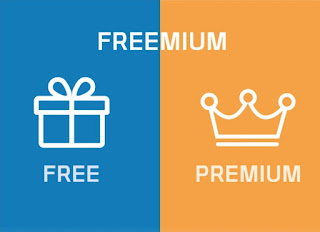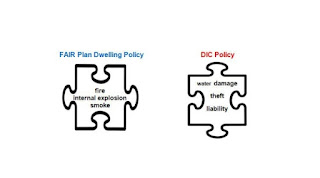Kidnap & Ransom Insurance (K&R)

Kidnap & Ransom Insurance (K&R) A coverage for ransom or extortion costs and related expenses. K&R insurance policies typically cover the perils of kidnap, extortion, wrongful detention, and hijacking. K&R policies are indemnity policies they reimburse a loss incurred by the insured. Typically, the insured must first pay the ransom, thus incurring the loss, and then seek reimbursement under the policy. Covered Expenses; -Ransom/extortion Consulting -Judgements, settlements and defense costs -Death and dismemberment -Personal financial loss, medical, rest and rehabilitation and travel Additional Extensions: -Active shooter and workplace -violence (assault) -Threat -Disappearance -Child abduction -Evacuation and repatriation -Express kidnapping -Stalking The question is who Needs K&R Insurance; -High-net-worth individuals. -Executives and employees of multinational corporations. -Individuals and organizations working in high-risk countries Benefits of K&R I



















